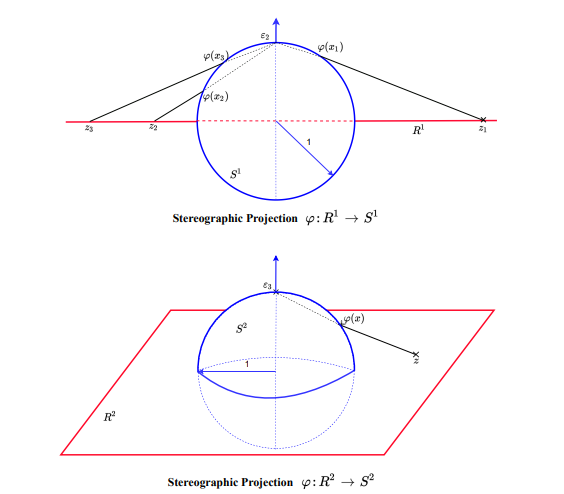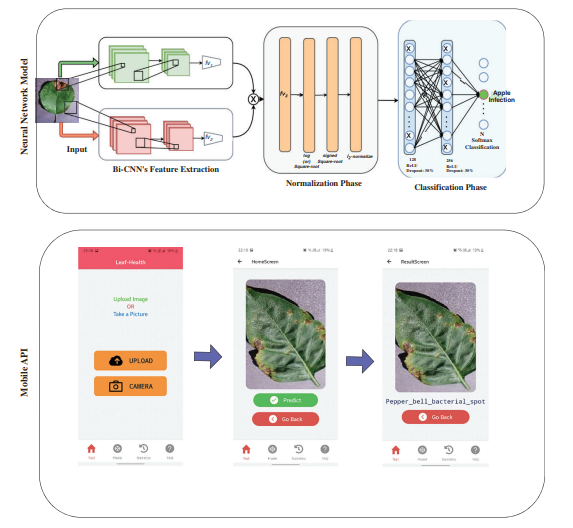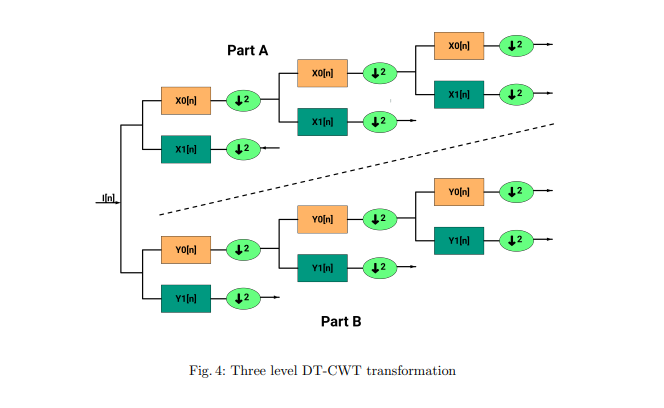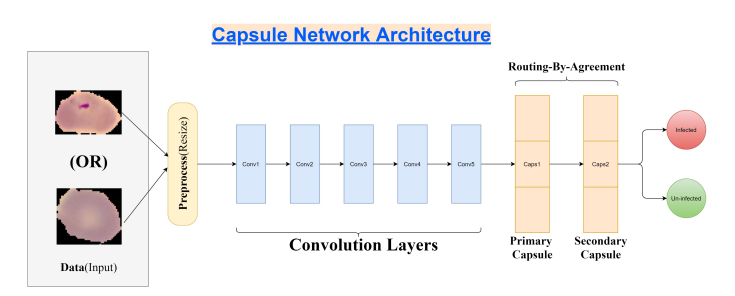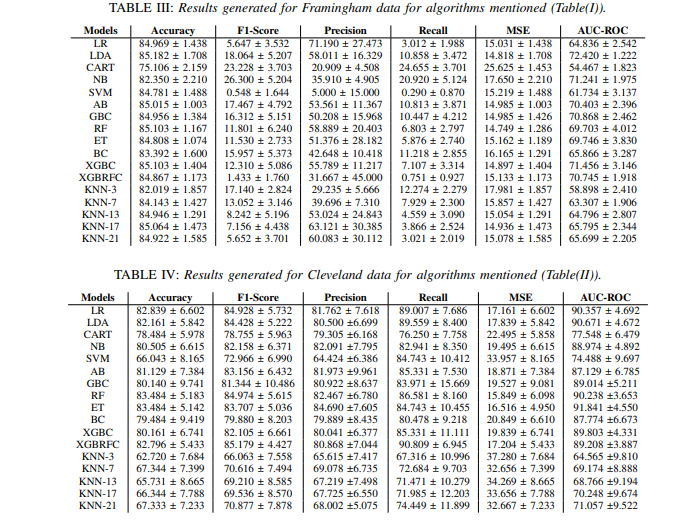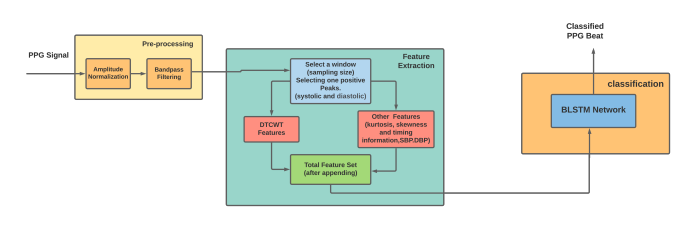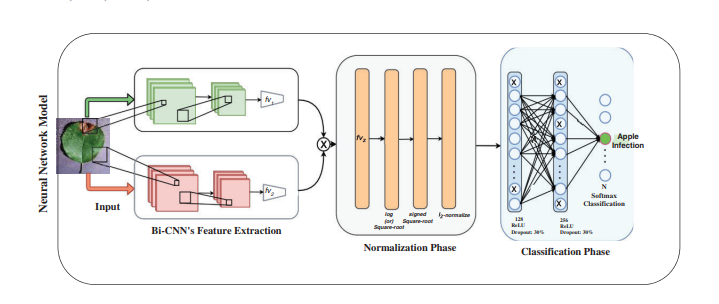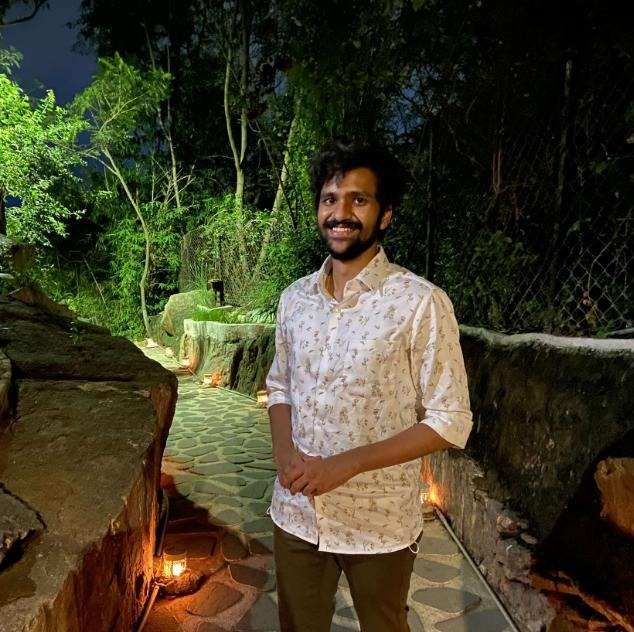Supervisors: Dr. G. Madhu
Project Name:
Automatic Diagnostic Model for malaria parasites Detection from microscopic Images
Contribution:
Conducted a literature survey, Implemented the capsule network and modified routing algorithm, integrated it web-application.
Experience:
Acquired a strong background in computer vision and gained valuable insights regarding conducting research.
Let Me Introduce Myself
Recently one of my work “Improvising the Learning of Neural Networks on Hyperspherical Manifold” was accepted to LMRL Workshop at NeurIPS 2021. Available here
My interests are diverse, but I am intrigued to perform research in computer vision using deep learning approach. Specifically, my research interests are Self-Supervised Learning and Reinforcement Learning. My motive is to pursue my career as a researcher by contributing to challenges in the field and developing solutions that would oblige future generations and the research community.
Currently, my research focuses on the underlying mathematics and interpretability of Neural Networks. I am also working on challenging problems such as fairness and the ethics in AI.
My Three Favorite quotes:
"Our intelligence is what makes us human, and AI is an extension of that quality"
– Yann LeCun
"The future depends on some graduate student who is deeply suspicious of everything I have said"
– Geoffrey Hinton
"The key to artificial intelligence has always been the representation"
– Jeff Hawkins
